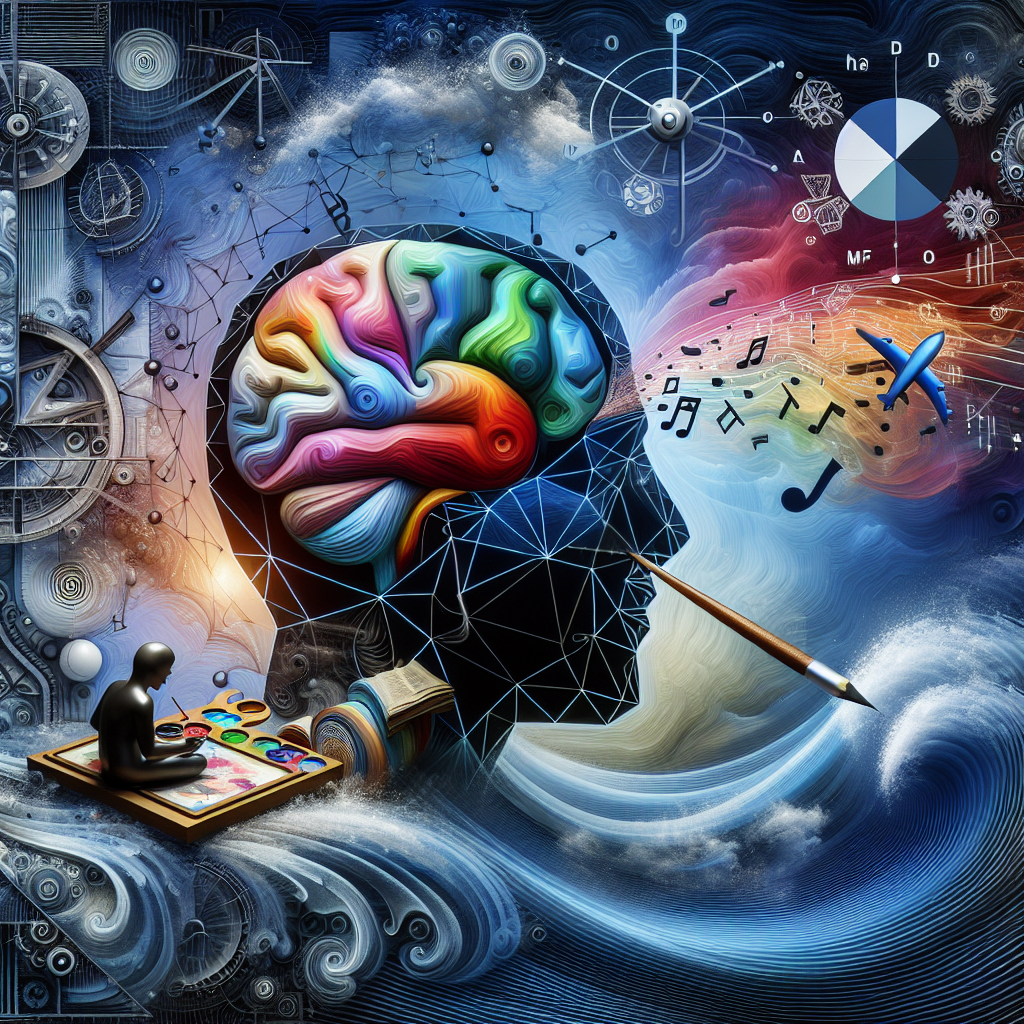In recent years, artificial intelligence (AI) has made significant advancements in various fields, including creativity. AI technologies have been used to create music, art, literature, and even develop new recipes. However, as AI continues to push the boundaries of what is possible in terms of creativity, it also presents a number of challenges that need to be navigated.
One of the main challenges of AI in creativity is the fear that it will replace human creativity. Many people worry that AI will be able to generate creative works that are indistinguishable from those created by humans, leading to a devaluation of human creativity. However, AI is not capable of replicating the depth of human emotion, intuition, and experience that often fuel creative works. While AI can be a useful tool in the creative process, it cannot replace the unique perspective that humans bring to their work.
Another challenge of AI in creativity is the issue of bias. AI algorithms are trained on large datasets of existing works, which can lead to biases being perpetuated in the work that is generated. For example, if an AI algorithm is trained on a dataset that is predominantly made up of works by white male artists, it may struggle to create works that represent diverse perspectives. It is important for creators to be aware of these biases and take steps to mitigate them when using AI in their creative process.
Additionally, the use of AI in creativity raises ethical concerns. For example, if an AI algorithm creates a piece of music or art that is highly similar to an existing work, who owns the rights to that work? Should the original creator be compensated for the use of their work as a training dataset? These are questions that need to be addressed as AI continues to play a larger role in the creative process.
Despite these challenges, AI also offers a number of opportunities for creators. AI can be used to generate ideas, provide inspiration, and help with the technical aspects of creating works. For example, AI algorithms can analyze large datasets of music to identify patterns and trends that can be used to inform the creation of new music. AI can also be used to create personalized experiences for consumers, such as recommending music, art, or literature based on their preferences.
In order to navigate the challenges of AI in creativity, creators should approach AI as a tool to enhance their creativity, rather than a replacement for it. By understanding the limitations of AI and being aware of biases, creators can use AI to complement their creative process and push the boundaries of what is possible.
FAQs:
Q: Can AI truly be creative?
A: While AI can generate creative works, it lacks the depth of human emotion and experience that often fuel creativity. AI can be a useful tool in the creative process, but it cannot replace the unique perspective that humans bring to their work.
Q: How can creators mitigate biases in AI-generated works?
A: Creators can mitigate biases in AI-generated works by being aware of the limitations of AI algorithms and taking steps to diversify the training datasets that are used. By using a diverse range of sources for training data, creators can help ensure that their AI-generated works represent a variety of perspectives.
Q: What are the ethical considerations of using AI in creativity?
A: Ethical considerations of using AI in creativity include issues of ownership and compensation for works created by AI algorithms. Creators should be mindful of these considerations and take steps to ensure that they are not infringing on the rights of others when using AI in their creative process.

